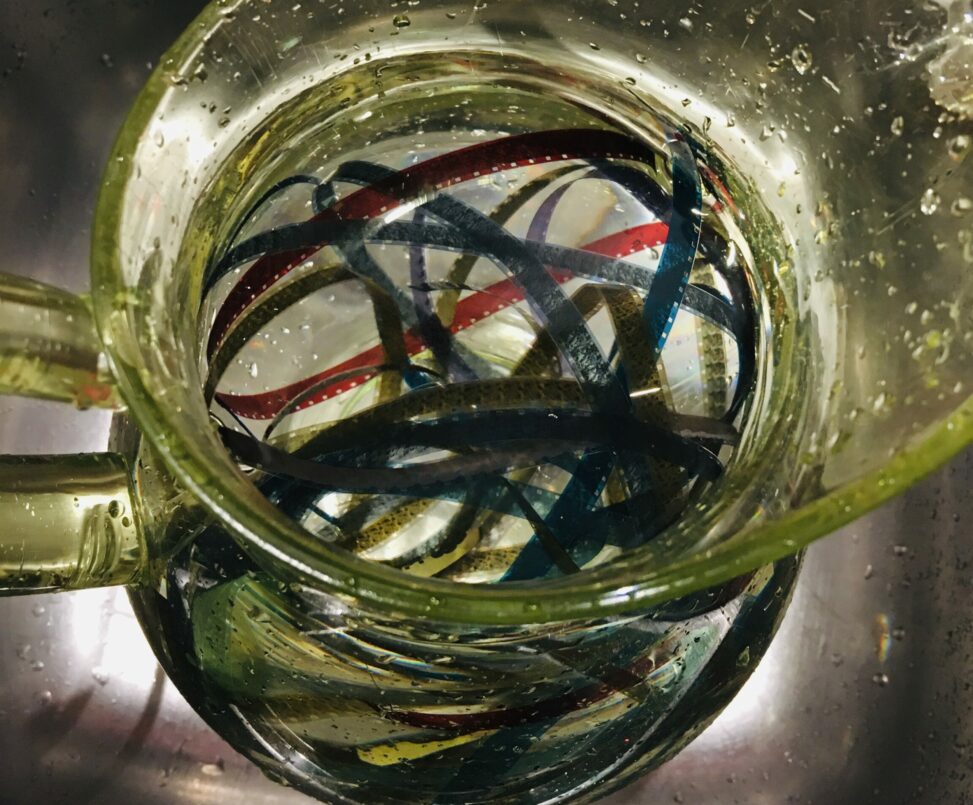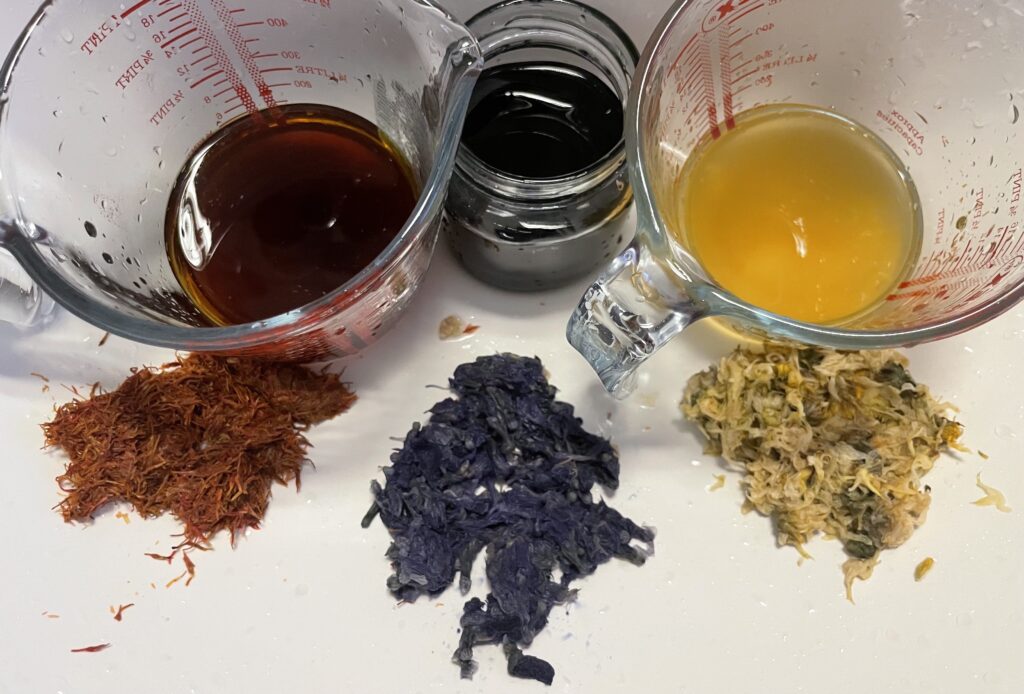
Natural Colour is a moving image project exploring the relationships between representing a landscape and its flora and directly using natural elements in the material processes of image creation. It investigates alternative techniques for tinting and toning analog film footage using organic materials such as leaves, lichen, roots, fruits, and flowers.
The initial research was based on examples from early cinema, where hand-coloured and tinted images were extremely common, although often disregarded by later canonical film studies, and examples from the textile industry and the production of pictorial pigments. The wider context of dyeing with mineral, animal, and plant based pigments, whose technical origins date back to the Neolithic, is subsequently indissociable from extractivism and the exploitation of natural resources, global trade routes, and colonialism.
Mapping material sources and associated histories is an essential part of the process, producing the tints from a variety of substances while exploring the ways in which the environment can directly impact the images produced and convey elements of its historical and material context.
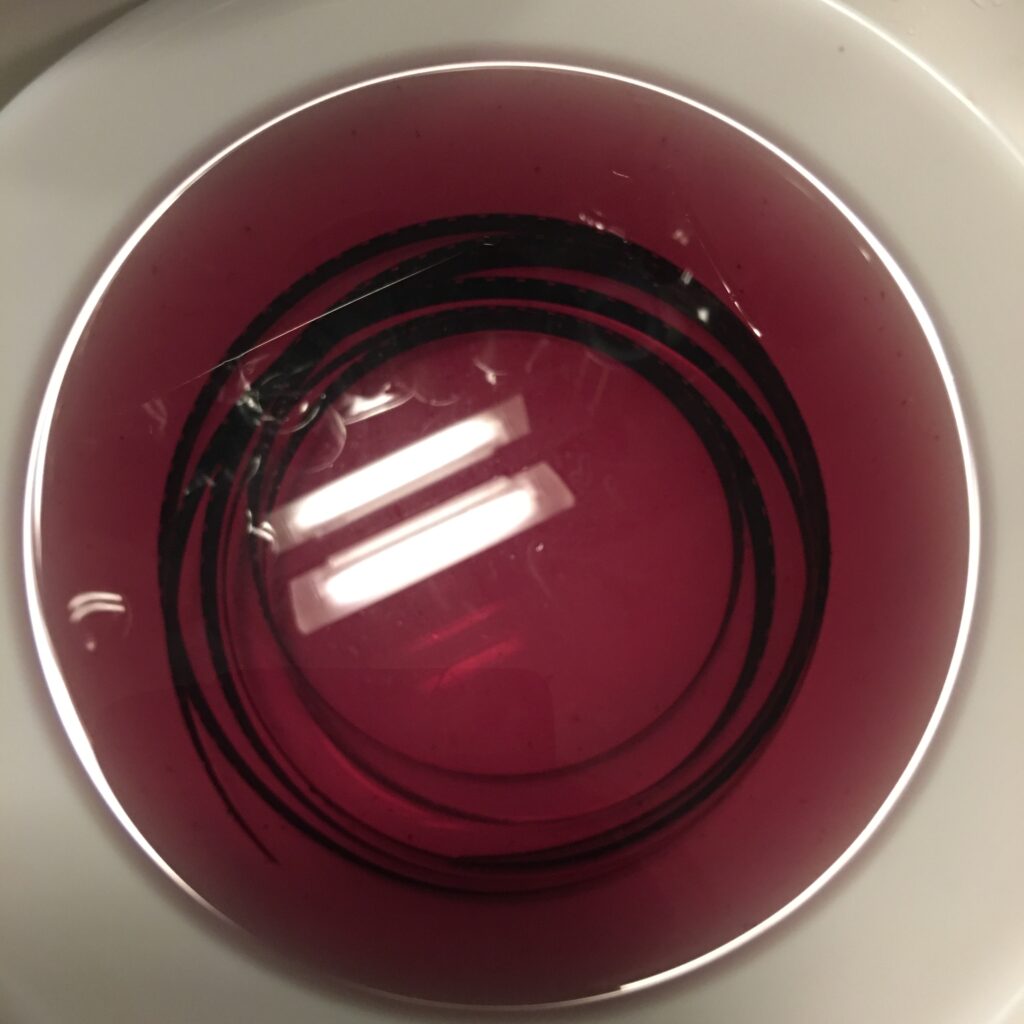
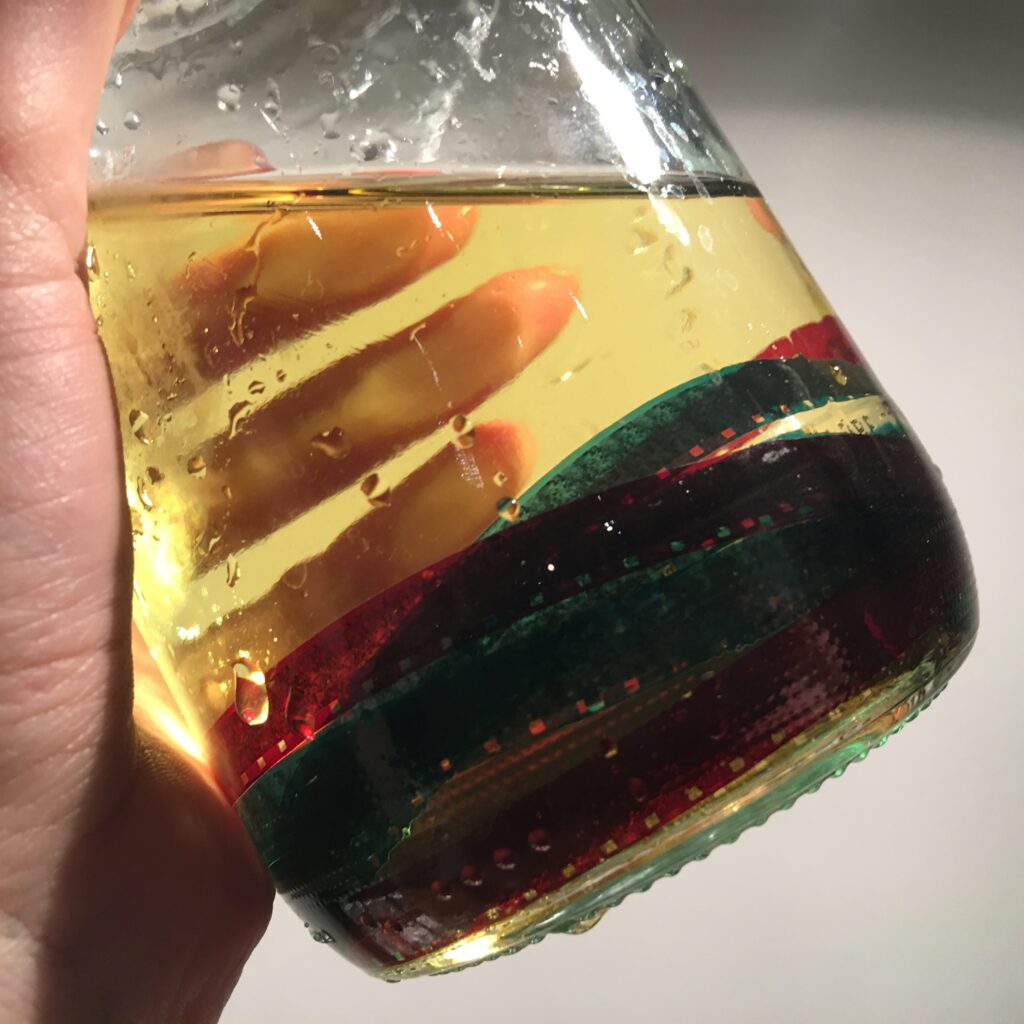
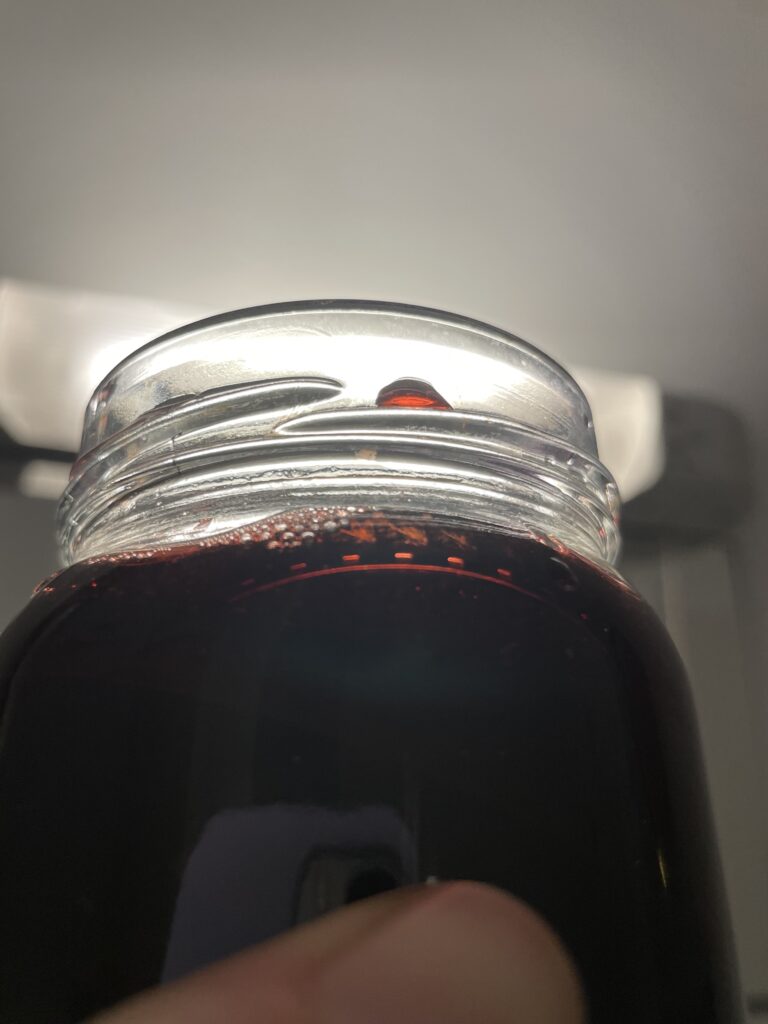
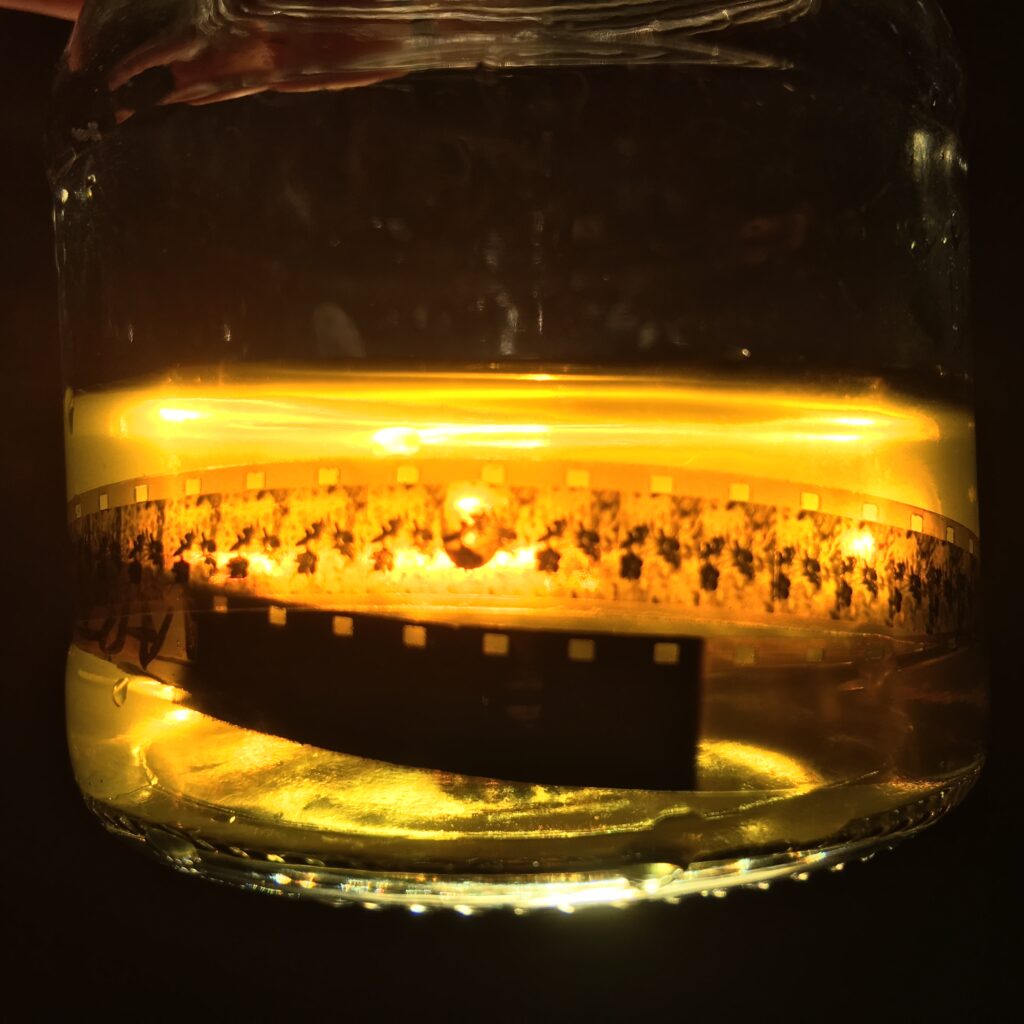
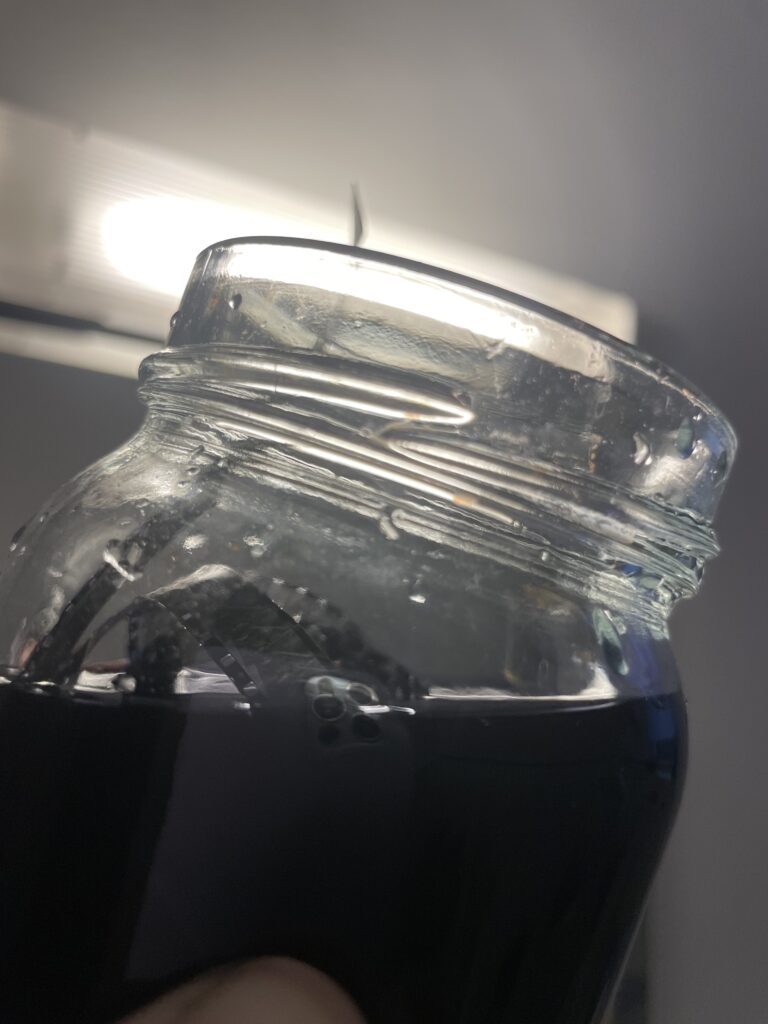
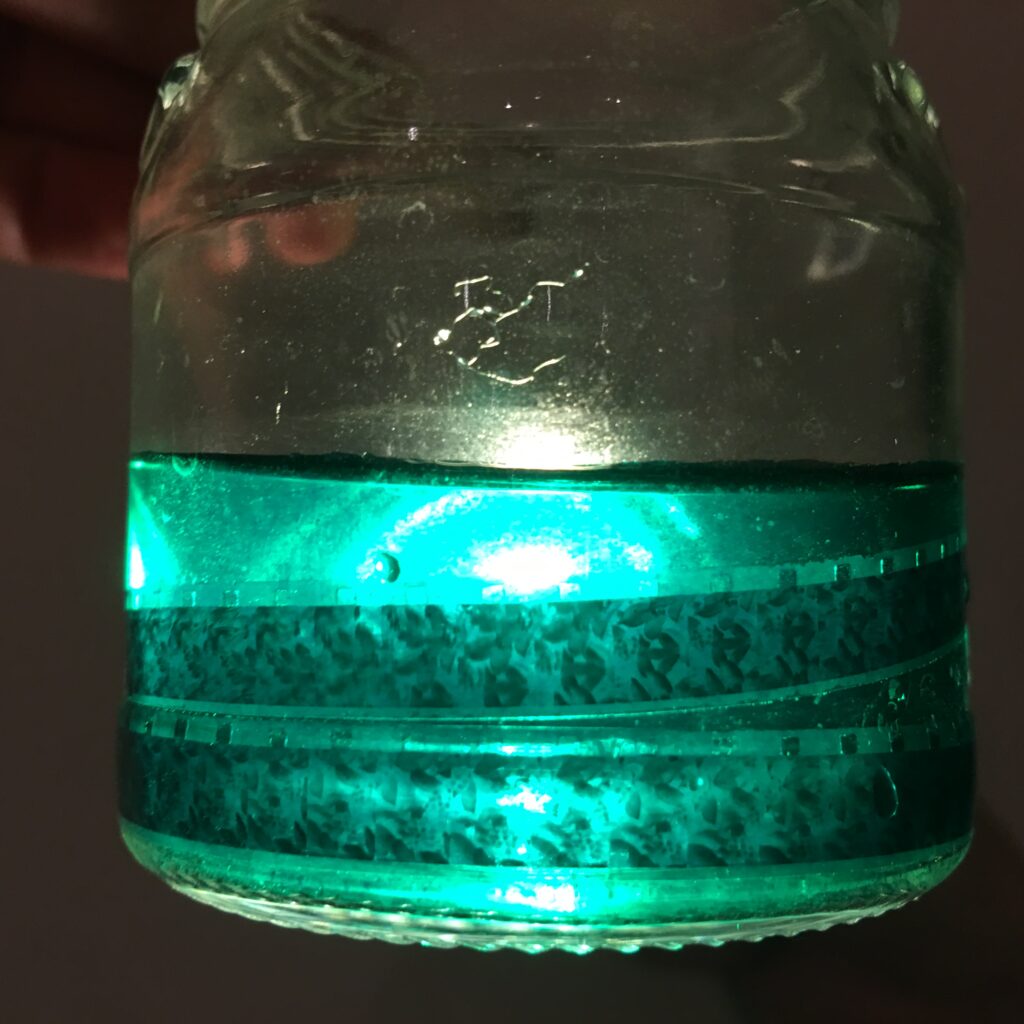
“In 1918, William van Doren Kelley, the inventor of several commercial natural colour processes, (…) complained that he had several times been attracted to a ‘theatre’ where ‘color films’ were advertised only to find that the subjects were merely ‘black and white hand-colored films’. Kelley proposed that only films ‘photographed so that the colors are selected entirely by optical and mechanical means and reproduced again in a like manner’ be called ‘natural color motion pictures’. ‘Color motion pictures’ he described with his accustomed sarcasm as ‘films arbitrarily colored with dyes … to suit the individual taste’. He clearly implied that tinting or toning was not natural. He was not the first to want to distinguish between ‘real’ colour films that reproduced the original colours in a scene and ‘arbitrarily’ tinted, toned or stencilled black-and-white films.” (P. Read, 2009).
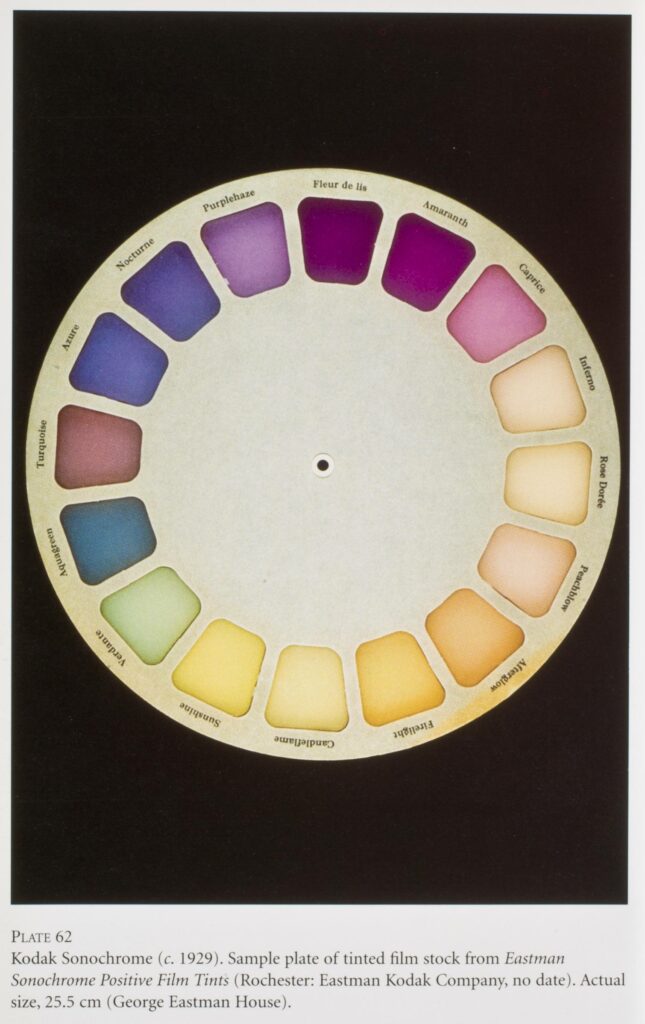
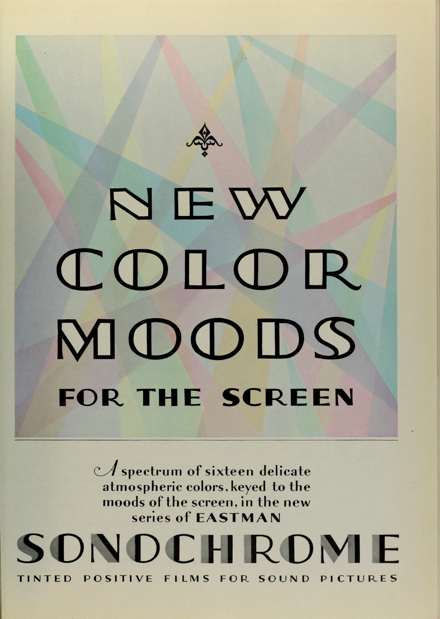
“Color in early film, especially the multi-chromatic coloring, occupied a somewhat paradoxical role in this gradual transformation of cinema into a modern industry. The labor-intensive process of coloring film frame by frame recalled artisanal handicrafts that preceded mass industrialization. Like the photographic studio, most of cinema’s first decade reflects an unstable adaptation of artisan processes to new technologies.” (T.Gunning, 2015).
A collaboration with artist and musician Katie Gerardine O’Neill will take place in 2025.
https://katieoneill.bandcamp.com/album/into-the-beyond
Project supported by the Arts Council of Ireland 2024/2025
